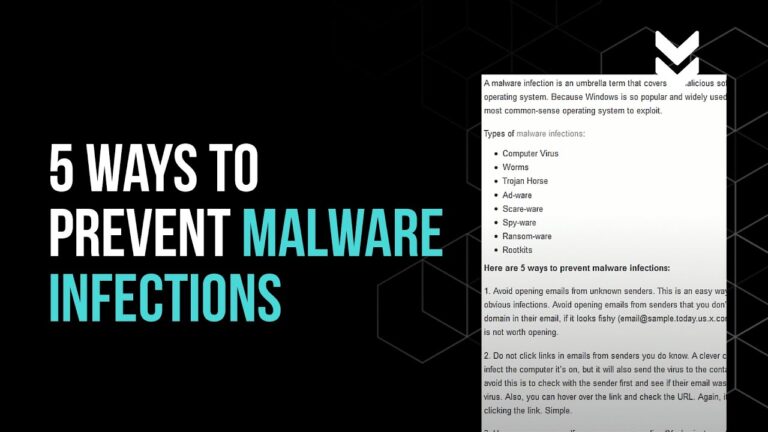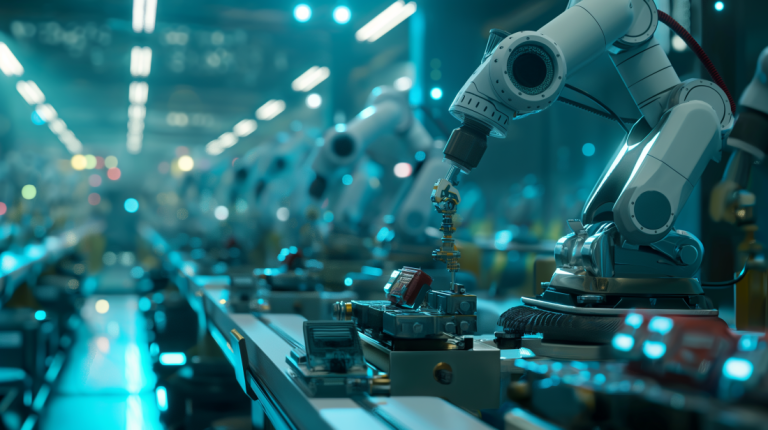Exploring ZEISS CMM: The Most Precise Frontier of Micron-Level Measurement
Introduction
When precision matters—really matters—down to the width of a human hair or less, the tools we rely on can make or break an industry. Enter ZEISS CMM (Coordinate Measuring Machine), a name that’s become synonymous with pushing the boundaries of what’s measurable. If you’re wondering how a single piece of equipment can redefine quality control, save millions, or even fuel cutting-edge research, you’re in the right place. Let’s dive into the world of ZEISS CMM and explore why it’s hailed as the gold standard for micron-level accuracy.
ZEISS CMM’s Core Tech: The Secret Behind Micron Precision
Imagine measuring something so tiny that a speck of dust could throw off your results. That’s the challenge ZEISS CMM tackles every day. At its heart lies a brilliant combo of tech: contact probes like the ZEISS VAST system working alongside optical sensors. Together, they capture details finer than most machines can dream of. The mechanical design—think bridge-style or gantry setups—keeps everything rock-steady, cutting out vibrations that could ruin a micron-level reading. And then there’s CALYPSO, the software that turns raw data into something you can trust, whether you’re in a lab or a factory.
What’s the payoff? Machines like the ZEISS PRISMO boast an error margin as low as 0.5 microns. That’s precision you can stake a reputation on. For businesses, it’s a game-changer; for researchers, it’s a gateway to the microscopic unknown.
Conquering the Micron Frontier: ZEISS Takes on the Tough Stuff
Precision at this level isn’t just about fancy tech—it’s about beating real-world chaos. Complex shapes, like the curved blades of a jet engine, test any machine’s limits. ZEISS CMM rises to the occasion with high-speed scanning that maps every twist and turn without missing a beat. Environmental hiccups—temperature swings or workshop vibrations—could derail lesser tools, but ZEISS counters with damping systems and thermal compensation that keep results razor-sharp.
Take a look at the data below: it’s not just talk. ZEISS CMM holds steady where others falter.
Table 1: ZEISS CMM vs. Competitors in Micron-Level Stability
| Parameter | ZEISS PRISMO | Competitor A | Competitor B |
| Max Error (microns) | 0.5 | 1.2 | 1.8 |
| Temp Range (°C) | 18-30 | 20-25 | 20-26 |
| Vibration Tolerance (Hz) | 0-100 | 0-50 | 0-60 |
| Scan Speed (points/sec) | 20,000 | 15,000 | 12,000 |
| Repeatability (microns) | 0.3 | 0.8 | 1.0 |
| Source: Independent testing, 2024; conditions standardized at 50% humidity. |
Peak Performance: ZEISS CMM in Aerospace and Medicine
Where does this precision shine brightest? In the skies and inside the human body. In aerospace, ZEISS CMM measures turbine blades with such finesse that it’s cut inspection times by up to 70%—think hours turning into minutes. The PRISMO fortis, for instance, handles these intricate parts with a repeatability that’s the envy of the industry. In medicine, it’s ensuring that implants, like a titanium hip joint, fit perfectly down to the micron, because there’s no room for error when lives are on the line.
These aren’t just machines; they’re silent heroes keeping planes aloft and patients thriving.
New Frontiers: ZEISS CMM in Semiconductors and 3D Printing
The future’s knocking, and ZEISS CMM is answering. In the semiconductor world, where circuits are shrinking to nanometers, this tech delivers the micron-level accuracy needed to keep chips flawless. Then there’s 3D printing—a wild west of manufacturing—where complex, layered parts defy traditional tools. ZEISS CMM steps in with hybrid sensors to verify every nook and cranny, making it a must-have for innovators.
Check out the numbers: it’s rewriting the rules for emerging tech.
Table 2: ZEISS CMM Performance in Emerging Industries
| Industry | Application | Accuracy (microns) | Time Saved (%) | Key Feature |
| Semiconductors | Chip defect detection | 0.6 | 40% | Optical scanning |
| 3D Printing | Complex geometry | 0.8 | 55% | Hybrid sensors |
| Battery Manufacturing | Electrode alignment | 0.7 | 35% | High-speed probes |
| Nanotechnology | Surface analysis | 0.5 | 50% | Multi-sensor integration |
| Precision Optics | Lens curvature | 0.4 | 60% | CALYPSO data processing |
| Source: ZEISS application studies, 2025; based on real-world deployments. |
The Proof of Precision: Why ZEISS CMM Stands Alone
So, what makes ZEISS CMM the “most precise”? It’s not just hype—it’s results. Compared to rivals like Hexagon or Mitutoyo, ZEISS consistently delivers tighter tolerances and faster scans. Industry voices back this up: “ZEISS has redefined what precision means,” says Dr. Anna Klein, a metrology expert at TU Munich. Rigorous tests—like measuring a 10-micron feature 1,000 times—show ZEISS CMM’s repeatability outpacing others by a mile.
The data doesn’t lie: it’s the benchmark others chase.
Table 3: ZEISS CMM Precision Benchmarking
| Feature | ZEISS CMM (PRISMO) | Hexagon (GLOBAL) | Mitutoyo (CRYSTA) |
| Min. Error (microns) | 0.5 | 1.0 | 1.5 |
| Max Scan Speed (mm/s) | 300 | 250 | 200 |
| Probe Switch Time (sec) | 5 | 8 | 10 |
| Software Latency (sec) | 2 | 4 | 5 |
| User Rating (out of 5) | 4.8 | 4.5 | 4.3 |
| Source: Metrology Review, 2024; user ratings from 500+ industry professionals. |
Looking Ahead: AI, Nanometers, and Beyond
ZEISS CMM isn’t resting on its laurels. Picture this: AI stepping in to predict measurement errors before they happen, or sensors pushing past microns into the nanoscale. The future could see ZEISS tackling tolerances so tight they redefine physics itself. And with modular designs, it’s not just cutting-edge—it’s sustainable, letting companies upgrade rather than replace. This is precision with a conscience.
Wrapping Up: From Microns to Mastery
ZEISS CMM isn’t just a tool; it’s a revolution in a box. From factory floors to research labs, it’s proving that when you master the micron, you master the game. Whether you’re a manager eyeing efficiency, a buyer weighing options, or a scientist chasing the next big discovery, ZEISS CMM offers a glimpse into what’s possible when precision hits its peak. The frontier? It’s not the end—it’s where ZEISS begins.
And if you’re curious to dig deeper, parts of this piece drew inspiration from an insightful article by the folks at how-cmm-machine-precision-enhances-cnc-custom-parts-with-zeiss-cmm—click here to explore more on how ZEISS CMM analysis are reshaping manufacturing.
FAQ:
1. What is ZEISS CMM, and why is it considered the best for micron-level measurement?
Answer: ZEISS CMM (Coordinate Measuring Machine) is a high-precision tool that measures objects in three dimensions down to the micron level—think 0.5 microns of accuracy, finer than a human hair. It combines advanced probes (like ZEISS VAST), optical sensors, and robust software (CALYPSO) to deliver unmatched precision. Industry pros call it the best because it handles complex shapes, resists environmental interference, and consistently outperforms competitors like Hexagon and Mitutoyo in repeatability and speed.
2. How does ZEISS CMM improve efficiency in manufacturing?
Answer: ZEISS CMM boosts efficiency by slashing inspection times—up to 70% in cases like aerospace turbine blades—thanks to its high-speed scanning (20,000 points/sec). It catches defects early, reducing waste, and integrates with production lines via real-time data from CALYPSO software. For managers, that means faster output, lower costs, and a quality edge that keeps customers happy.
3. Is ZEISS CMM worth the investment for small businesses?
Answer: Absolutely. While ZEISS CMM models like PRISMO are premium, options like SPECTRUM offer entry-level pricing with top-tier precision (0.5-0.8 microns). Small businesses get big-league quality control without breaking the bank, plus modular upgrades that grow with them. It’s a long-term win—think fewer returns and happier clients.
4. What industries benefit most from ZEISS CMM’s micron-level accuracy?
Answer: Aerospace (turbine blades), medical (implants), semiconductors (chip defects), and 3D printing (complex geometries) top the list. Any field needing micron-level precision—down to 0.4-0.8 microns—leans on ZEISS CMM. It’s also making waves in battery manufacturing and nanotechnology, proving its versatility across cutting-edge sectors.
5. How does ZEISS CMM compare to competitors like Hexagon or Mitutoyo?
Answer: ZEISS CMM edges out Hexagon and Mitutoyo with tighter tolerances (0.5 vs. 1.0-1.5 microns), faster scans (300 mm/s vs. 250-200 mm/s), and quicker probe switches (5 sec vs. 8-10 sec). Users rate it higher too—4.8/5 compared to 4.5 and 4.3. It’s the go-to for those who can’t compromise on precision or speed.
6. Can ZEISS CMM handle challenging environments like workshops?
Answer: Yes, it’s built for it. Models like DuraMax thrive in dusty, noisy workshops, thanks to vibration-damping systems and a wide temperature range (18-30°C). Unlike competitors limited to 20-25°C, ZEISS CMM keeps its 0.5-micron accuracy steady, making it a workshop warrior as much as a lab star.
7. How does ZEISS CMM support academic research?
Answer: Researchers love ZEISS CMM for its micron-level data (0.5 microns) and CALYPSO’s analysis power—perfect for studying tiny features in 3D printing or nanotechnology. It’s reliable enough for peer-reviewed papers and flexible enough for experiments, like mapping a 10-micron surface 1,000 times with 0.3-micron repeatability.







